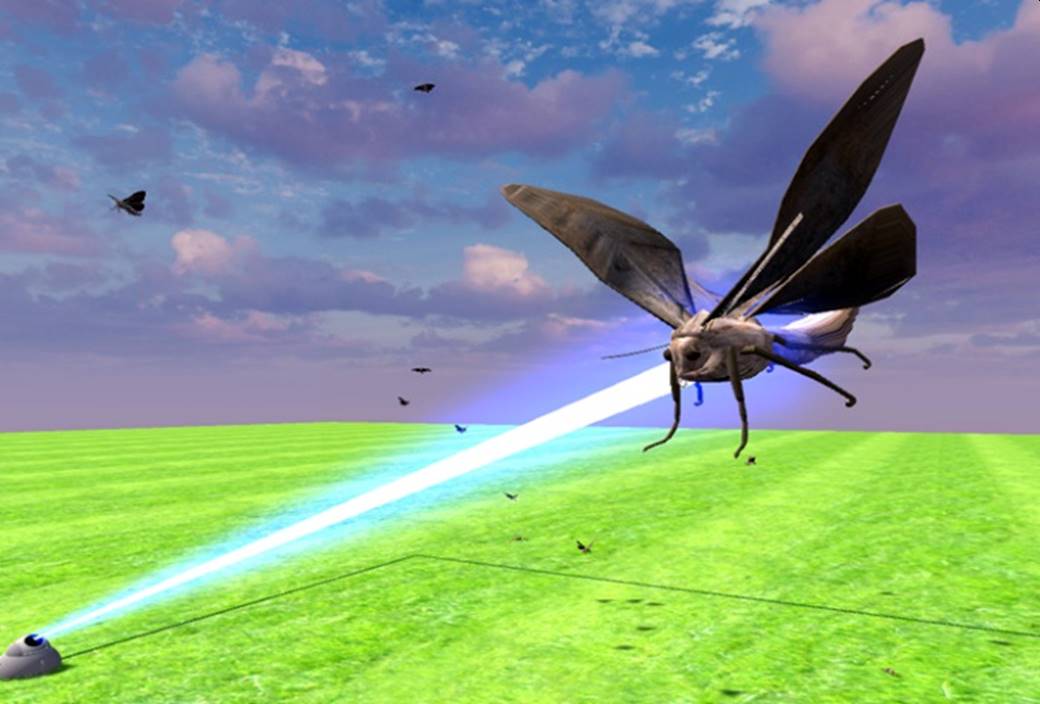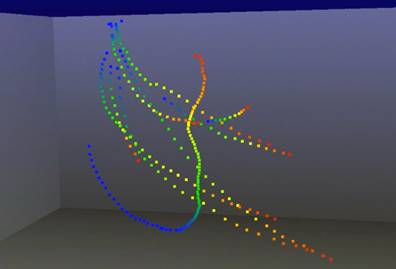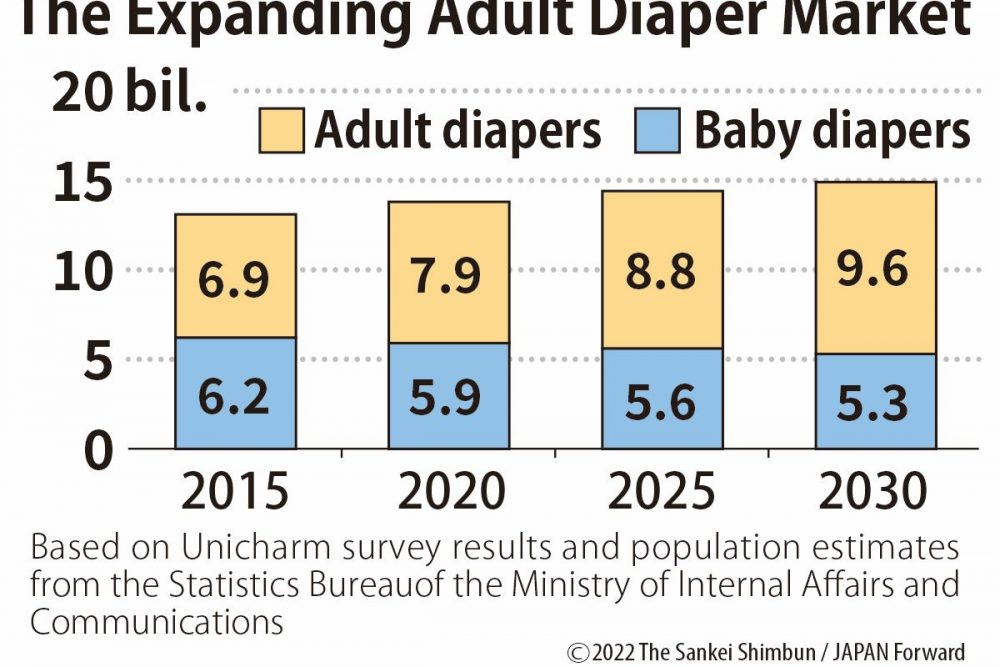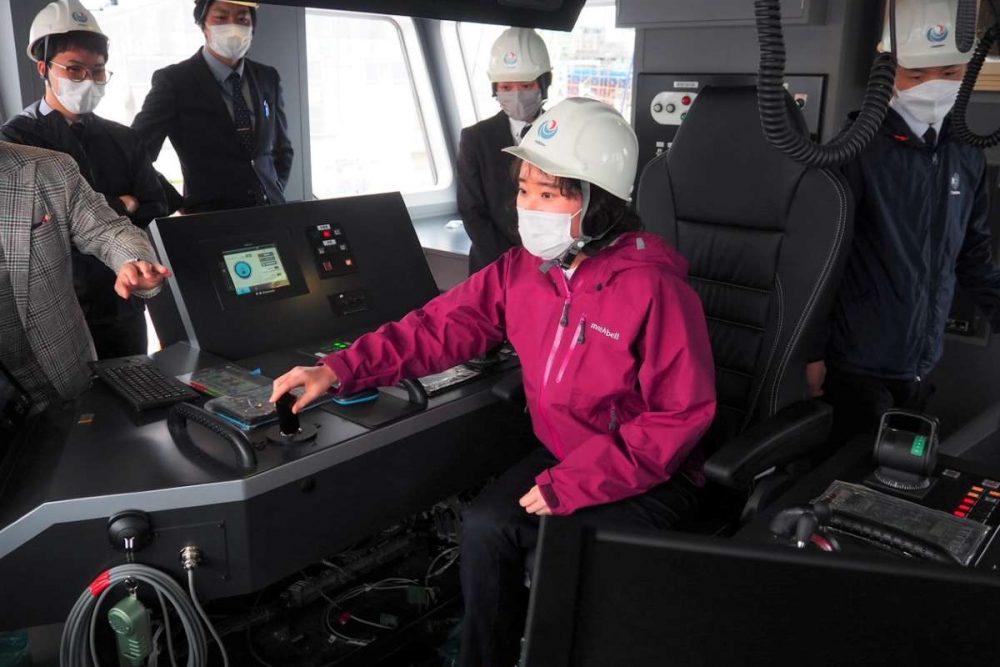New Tech that Zaps Agricultural Pests with Laser Beams
The research comes as demand increases for a safe and stable food supply - without the application of chemicals - to feed the growing global population.

このページを 日本語 で読む
Exterminating agricultural pests that move quickly in the air is not so easy.
However, a fresh solution is now on the horizon, thanks to research conducted by groups such as the National Agriculture and Food Research Organization (NARO).
The research team has devised a system that predicts the insects’ flight paths based on extensive data analyzed by AI. The technology then shoots down the pests with laser beams.
The team hopes to make the tech a reality by 2025, adding drones and robots, with the aim of creating automatic pest extermination without pesticides.
Stemming the Huge Hit on Global Food Production
With the world’s population increasing, it is predicted that global demand for food will be 1.7 times higher in 2050 than it was in 2010. Therefore, food production needs to be boosted sooner rather than later.
Yet, factors such as global warming and desertification are hindering the growth of food production across the world.
The sudden increase in pests is also an issue. It has been reported that 15.6% of the total food produced in the world is wasted because it is ruined by pests, making it essential to develop efficient extermination methods in order to maintain a steady food supply.
Currently pests are mainly dealt with by the application of pesticides to crops, but this method is not perfect. As a result, some pests have developed resistance to the old pesticides, and the effectiveness of the existing product range is weakening.
As this happens, users start to overcompensate by applying excessive amounts of pesticide, which can harm the surrounding ecosystem and biodiversity.
As existing products lose their effectiveness, new products are needed. However, it requires a great deal of time and money to develop new pesticides, and fewer new products are being developed.
With pesticides losing their edge, there have been calls for development of a completely new way of dealing with pests that does not involve chemicals.
Laser Heat Against Main Nuisance Pests
The Japanese government also sees the development of new extermination methods as an important issue. This is why it included the matter in its “Moonshot Research & Development Program,” which seeks sustainable growth and tackles social problems through disruptive innovation using the latest technology.
NEDO and other organizations involved in the project are working on laser technology that exterminates the Spodoptera litura (commonly called the cotton leafworm or tobacco cutworm), one of the most commonly known pests.
The Spodoptera litura is about 2 centimeters long, is similar to moths, and inhabits most regions in Asia. It is a nuisance pest that has the ability to quickly develop resistance to pesticides.
The larvae of Spodoptera litura devour a wide range of crops such as soybean, cabbage, tomatoes, and strawberries. They cause extensive damage across Japan.
To combat the pest, the team aims to zap the adult Spodoptera litura in the air, exterminating them without pesticides before they lay eggs in the crops. A laser beam will bombard the pest from about 10 to 30 meters away, and the resulting heat will exterminate the insect.

Predicting the Path of Pests
This system uses a stereo camera that first grasps the distance between the equipment and the pest. It detects the three-dimensional location of the flying Spodoptera litura, and then quickly bombards it with a laser beam.
The pests tend to be more active at night, so the team has worked on detection in the dark. However, they later came across a stumbling block when they realized there was a time lag.
From the point of pest detection to the point of laser emission, there is a very slight delay of about 0.03 seconds. As a result, the laser beam is slightly off target because the Spodoptera litura flies in an irregular fashion at about 2 meters per second.
With this in mind, the team set about developing technology that could predict the flight path of the insect.
To start with, they released eight Spodoptera litura into a dark space that was 2.5 meters wide, 5 meters long, and 2 meters high. Then they took photos of the insects’ movements with the stereo camera, using a specific shutter speed.
The team repeated this process more than 100 times. They then used AI analysis of the 100,000 images to work out the three-dimensional flight patterns of the Spodoptera litura.
The team analyzed the flight patterns in detail and made flight prediction models. This enabled them to create simulations, and to accurately predict the position of the pests 0.03 seconds after detection, with a margin of error of about 1.4 centimeters.
Then they confirmed that they could emit the laser beam preemptively toward the predicted position.
Like a Science Fiction Movie
The laser beam is not harmful if it comes into contact with human skin. However, looking at the beam directly can potentially lead to adverse effects to human vision. For this reason the team is including safety measures, such as shutting down the beam if a human is detected.
Once the technology is applied for real use, there will be no concerns over waning effectiveness, such as has been seen with pesticides. It will also lead to safe pest extermination, with minimal impact on the surrounding environment.
Remaining challenges include how to improve the precision of the predicted positions of the pests. However, the team is steadily pursuing its goal, with the aim of making this technology a reality in 2025.
There are also plans to add drones and robots along with this technology, to allow free movement across wide spaces, regardless of the time of day. This would also increase efficiency, as the system would not need to be monitored by humans.
The technology could also be used to exterminate flies, mosquitoes and cockroaches in households, especially in homes with infants or pets, where pesticides cannot be used.
“We are very excited that this science fiction-like extermination technology is almost a reality. We want to reduce damage caused by pests without pesticides, and contribute to a sustainable society as well as farming that is kind to the environment,” said Aya Sugiura, head of one of the NARO teams.
Author: Juichiro Ito
このページを 日本語 で読む











